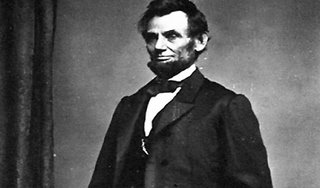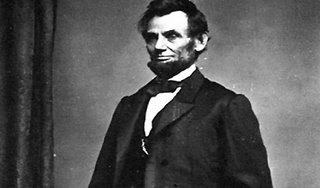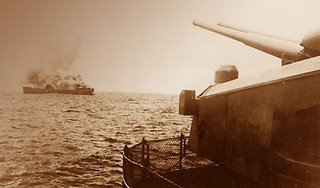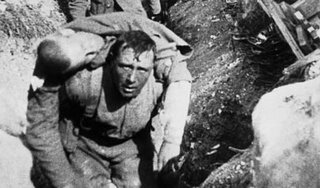
Cannibalism is topic that never fails to evoke powerful reactions. Often, cannibal tales recall starving people eating the dearly departed out of desperation and a deeply ingrained human will to survive. But sometimes people go beyond eating those who have already died, and kill their comrades for the flesh on their bones.
In 1883, four sailors were stranded at sea after their yacht sank, over a thousand miles from the nearest land and on the verge of death from hunger and thirst, they faced an unthinkable choice. Must one be sacrificed to feed the rest?
The young cabin boy Richard drank forbidden and deadly seawater and falls into a semi comatose state. Captain Dudley took the utilitarian view that it was better the kill the sick boy to save the remaining three. Four days later, they were rescued and brought back to England, only to be tried for murder. Never before had sailors been reprimanded for resorting to cannibalism in a survival situation.
Next we delve into a classic cannibal horror tale. Alexander Pearce was a prisoner at Sarah Island, a remote prison in Tasmania, Australia. In the early 1800's, conditions were poor, the labour hard and the food minimal. Pearce found he had nothing to lose and on 20th September 1822, he and seven fellow prisoners made a break for it.
They encountered some of the world's most treacherous wilderness terrain and were ill equipped and had no food. The group had the clothes on their backs, and just one axe - the instrument they were using on work duty before they escaped.
One by one, the group attacked and killed the weakest men and survived on their butchered remains. Seven weeks into their ordeal, only two men remained. With the food gone again, they played a deadly cat and mouse game, knowing that whoever slept first would end up as supper for the other. Pearce was the final survivor, though he was soon captured.
Several months later, Pearce bolted again, this time with a young man named Thomas Cox. When Pearce was recaptured 11 days later, Cox was nowhere to be found. When authorities searched Pearce's bag they find what was left of Cox. By the time Pearce was hung in July of 1824 he had earned the title of Australia's most notorious cannibal.
Lastly we look at a modern cannibal story. Following the conquer of Southeast Asia during WWII, the Japanese decided to concentrate on New Guinea as their next key objective. But when the Japanese got to Papua New Guinea they found themselves unprepared for jungle fighting. Japanese commanders abandoned their troops, who were left with no provisions and no way out. The remaining Japanese troops soon resorted to cannibalism to survive.
They removed the bodies of the Allied soldiers from the area of combat and carried them to a safe area to be cooked and consumed. The Japanese also drew lots, and killed and ate other Japanese soldiers. Asian POWs, brought over initially as a labour force, faced an even worse fate. The Japanese soldiers cut pieces of flesh off of them while keeping them alive so they could later go back and harvest their still-fresh internal organs.
Even with the cannibalism, the Japanese faced terrible suffering. In the end, of the 160,000 Japanese troops sent, only about 10,000 survived. Some of those who do survive faced charges of war crimes for their cannibalism.









